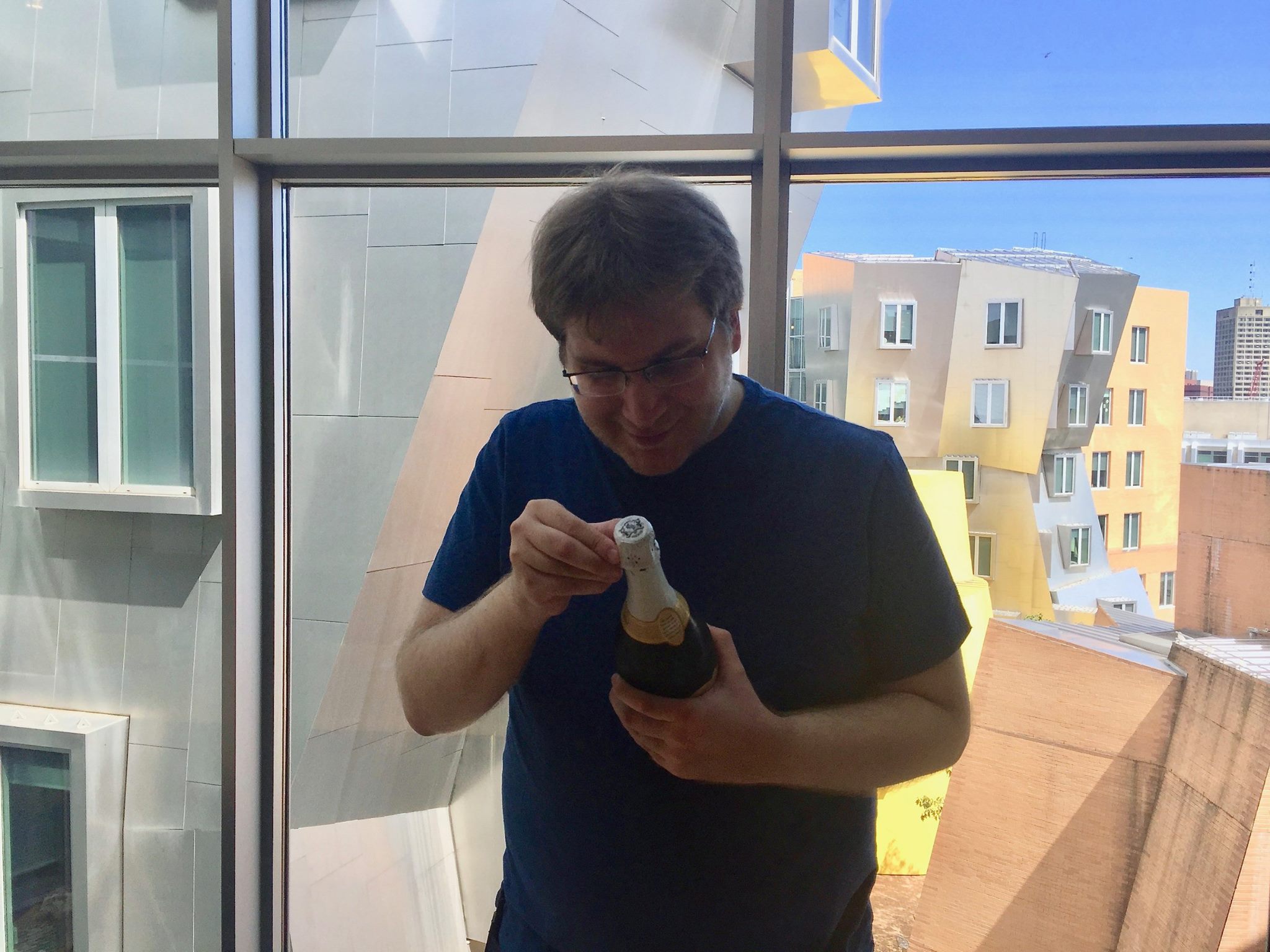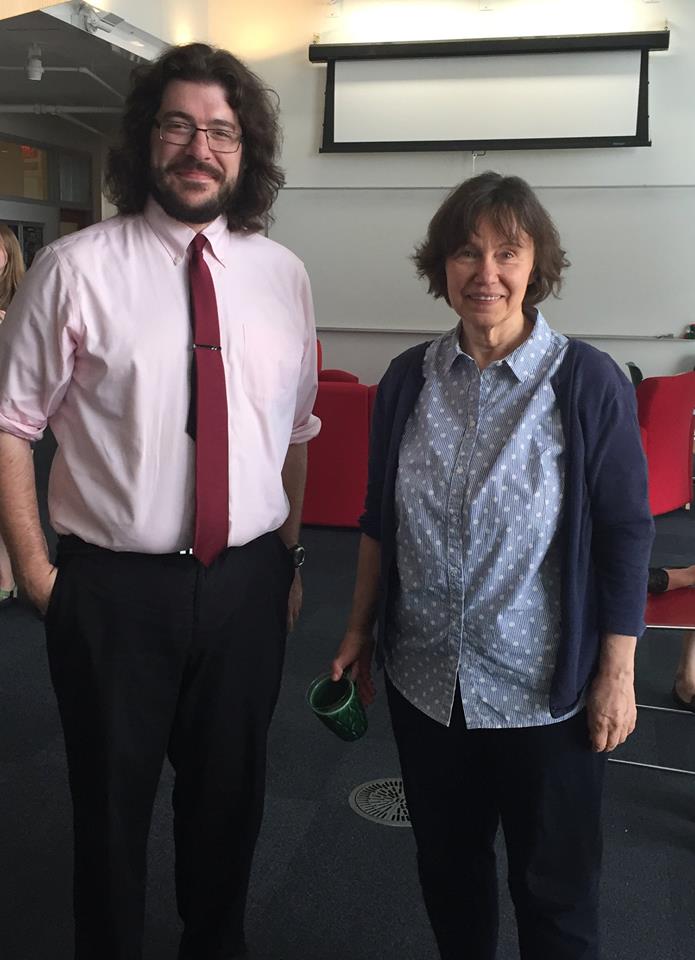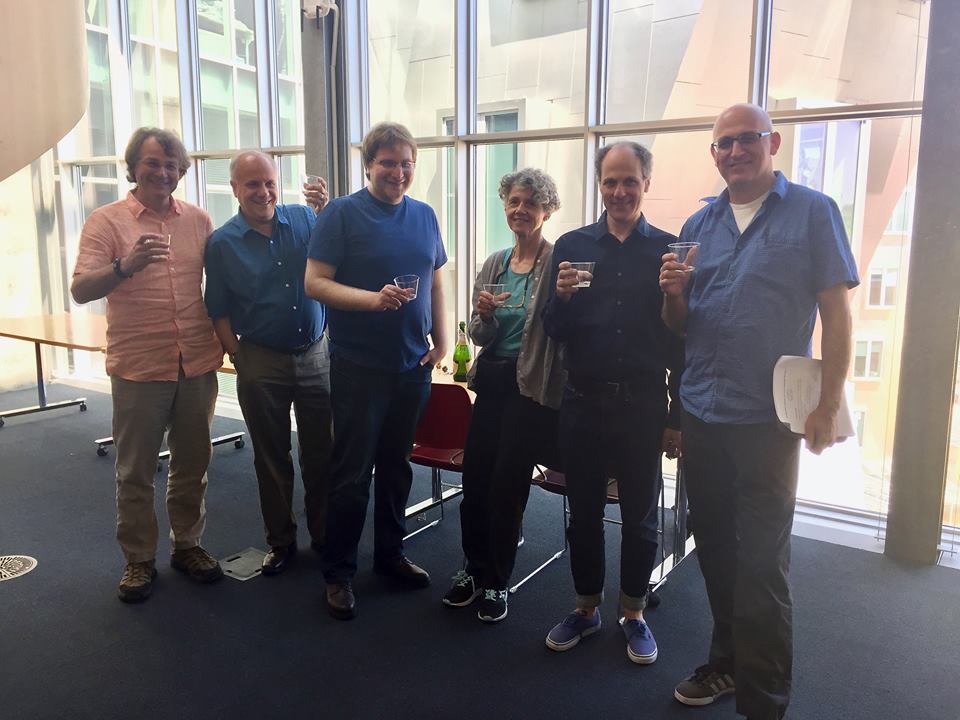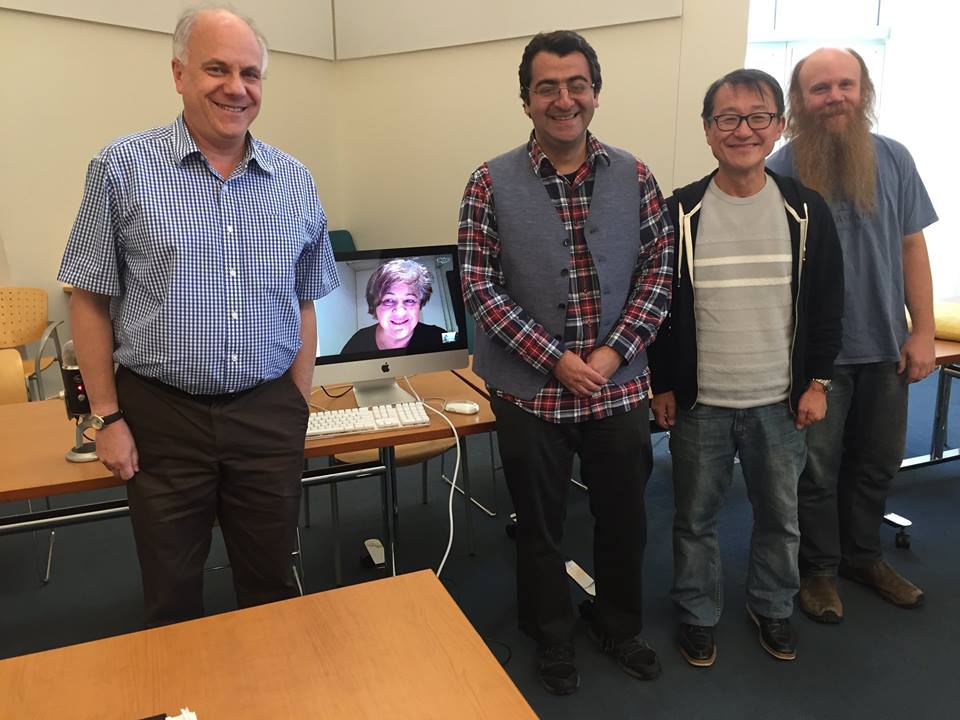We have a number of exciting and new courses this coming semester!
24.946. Topics in Syntax
- Instructors: Daniel Fox, Norvin W Richards
- Time: Tuesdays 10am-1pm
- Room: 32-D461
Course Description:
Stellar site: https://stellar.mit.edu/S/course/24/fa17/24.956/index.html
We will spend the semester considering some properties of A-bar chains; in particular, we’ll be interested in understanding the rules that determine how such chains are pronounced, and trying to figure out what kind of work we can get these rules to do for us. Particular topics include multiple wh-movement, parasitic gaps, ‘lowering’ operations, and extraposition.
Reading for the first class can be found on stellar.
24.979. Topics in Semantics: The Linguistics of Desire
- Instructors: Sabine Iatridou, Kai von Fintel
- Time: Wednesdays 10am-1pm
- Room: 32-D461
Course Description:
We will discuss classic and current work on the semantics and syntax of desire constructions. We mostly will focus on wanting, wishing, hoping, intending. There are plenty of parallels and connections, among others to deontic modality, teleological modality, imperatives, optatives.
This class can satisfy either the Topics in Semantics or the Topics in Syntax requirement, depending on the nature of your final paper.
An initial list of readings can be found here.
Course requirements for registered students:
- Regular attendance
- Class participation
- Submit weekly questions/comments on the readings by Monday afternoon
- Final paper on a topic related to the seminar
24.964. Topics in Phonology: Reduplication
- Instructors: Sam Zukoff
- Time: Thursdays 2pm-5pm
- Room: 32-D461
Course Description:
Reduplication has played a major role in the development of phonological theory, leading to advances in Autosegmental Phonology (Marantz 1982, Steriade 1982, 1988, McCarthy & Prince 1986) and Optimality Theory (McCarthy & Prince 1993a,b, 1994), and serving as the basis for Correspondence Theory within OT (McCarthy & Prince 1995, 1999). Since the 1990’s, there have been numerous proposals seeking to revise various aspects of McCarthy & Prince’s core framework of Base Reduplicant Correspondence Theory (e.g. Spaelti 1997, Struijke 2000, Raimy 2000, Inkelas & Zoll 2005, Frampton 2009, Kiparsky 2010, Saba Kirchner 2010, McCarthy, Kimper, & Mullin 2012). Some of these represent fairly minor tweaks, others represent more significant departures. The field has not yet paused to evaluate the arguments motivating these distinct alternatives (which sometimes make incompatible claims about the empirical evidence and its interpretation) nor fully compare their predictions, leaving the analysis of reduplication in a state of flux. This course will explore the core phonological issues relating to reduplication, and attempt to evaluate the various proposals.
This course will be primarily concerned with two questions which are central to understanding the phonological properties of reduplication:
(i) How is the shape and composition of the reduplicant determined? Answering this question will involve examining issues such as templates, the emergence of the unmarked, fixed segmentism, locality, and others.
(ii) How do phonological processes interaction with reduplication? Namely, what is the status of the evidence for processes of over-application, under-application, back-copying, “re-copying”, etc. (broadly, opacity and look-ahead) in reduplication (Wilbur 1973), and what machinery is required to properly capture the typology of such effects?
We will take as our baseline the “a-templatic” approach to reduplication within BRCT (Spaelti 1997, Hendricks 1999, Riggle 2006, among many others), an offshoot of Generalized Template Theory (McCarthy & Prince 1994, 1995, et seq., Urbanczyk 1996, 2001), which seeks to derive reduplicant shape mainly as the interaction between BR faithfulness and markedness, via the emergence of the unmarked.
24.946. Linguistic Theory and Japanese Language
- Instructors: Shigeru Miyagawa
- Time: Mondays 10am-1pm
- Room: 32-D461
Course Description:
We will take up some recent studies of Japanese on topics including:
- complementation — topicalization; complementizer choice; “subjunctive”
- subject — position; empty pro; ga/no case marking
- question formation — ‘why’; the role of the Q-marker
- movement — scrambling; numeral quantifier float
- allocutive agreement — agreement at C
- ellipsis — NP ellipsis; “argument ellipsis”
24.965. Morphology
- Instructors: Adam Albright, Roni Katzir, David Pesetsky
- Time: Mondays 2pm-5pm
- Room: 32-D461
Course Description:
Web site (to be populated shortly): http://stellar.mit.edu/S/course/24/fa17/24.965
Topics in the structure of words and their components. The leading question underlying the course will be: is there a distinct morphological grammar, or can morphological phenomena all be understood as arising from the interaction of syntax and phonology?
Particular questions to be discussed in light of this leading question include:
- What is the evidence for structure below the level of the word?
- What (if anything) distinguishes word structure from sentence structure?
- What principles account for the order of morphemes?
- How does morphological structure influence the phonological shape of complex words?
- Why does morphology sometimes fail to express syntactic/semantic differences (one affix, two functions), and how do multiple morphemes compete to express the same meaning?
Course requirements:
- weekly readings
- active class participation
- discovery of a data-rich problem to explore for term paper
- class presentation of project (details will depend on enrollment)
- submission of term paper
(Please, check back for updates!)












